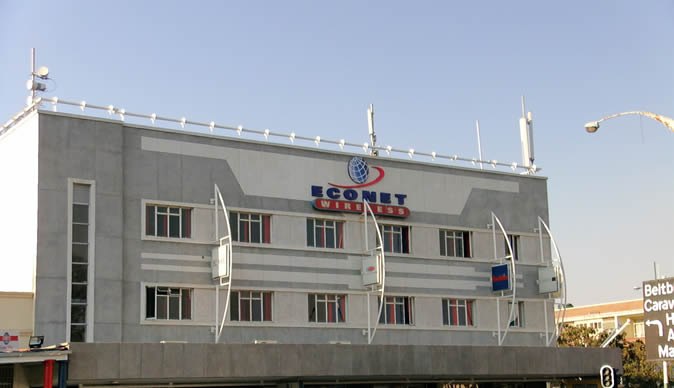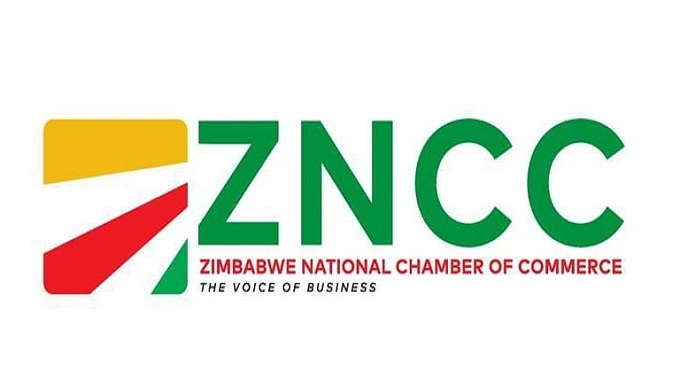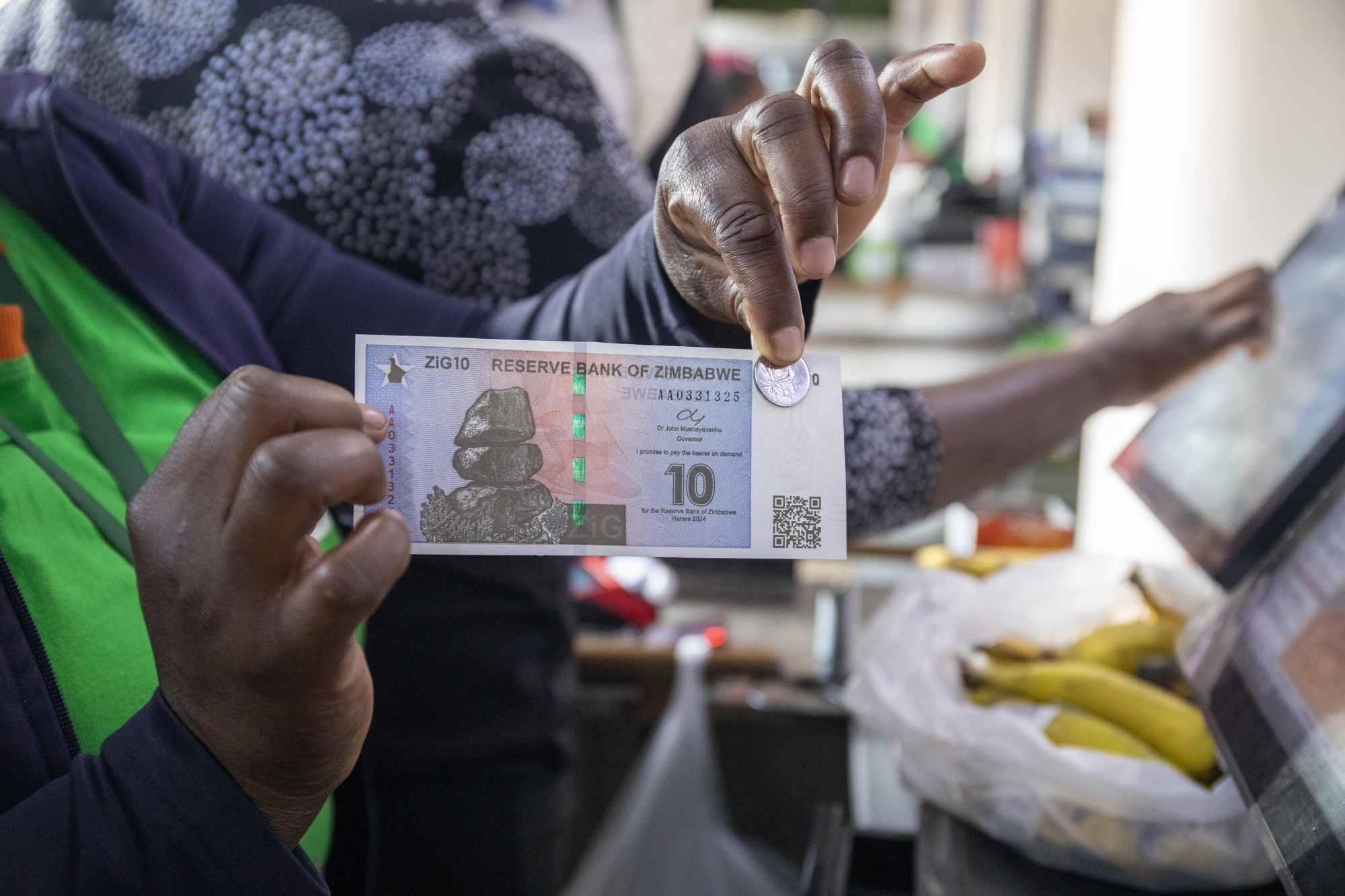Treasury posts ZiG3,46bn surplus in first four months
THE Treasury recorded a surplus of ZiG3,46 billion in the first four months of the 2025 fiscal year, underpinned by disciplined cost containment measures and punctual debt servicing.
While the surplus falls short of the ZiG7,18 billion originally budgeted for, leaving a negative variance of 26 percent, it nonetheless marks a commendable start to the year.
At ZiG18,2 billion, total expenses to April 2025 came in just 1 percent below the ZiG18,35 billion budget, reflecting tight control over expenditure outlays.
Payment towards the compensation of employees stood at ZiG8,47 billion, which is 4 percent under budget, underscoring a leaner payroll without compromising essential staffing levels.
Interest payments on public debt of ZiG362,9 million exceeded the ZiG311 million target, yet their timely settlement should go a long way in bolstering creditor confidence in the Treasury.
Social benefit payouts, similarly, were close to the expenditure plan, at ZiG2,1 billion versus the ZiG2 billion estimate at the beginning of the year.
Crucially, non-tax revenue performed spectacularly, bringing in ZiG1,8 billion against a projection of ZiG0,6 billion, outpacing targeted performance by 200 percent, or ZiG1,2 billion above budget.
“The surge in non-tax receipts is a testament to the Treasury’s innovative approach to revenue diversification,” said Gladys Shumbambiri-Mutsopotsi, a senior fiscal analyst.
“Through leveraging asset dividends and regulatory fees more effectively, the ministry has unlocked fresh revenue streams that cushion the budget against shortfalls in traditional taxation.”
Within the tax headroom, value added tax (VAT) collections reached ZiG5,6 billion, slightly below the ZiG6,4 billion target, while excise duties of ZiG2,6 billion trailed the ZiG3,1 billion forecast by 15 percent.
The shortfalls in indirect taxes reflect broader consumption patterns and energy price volatility, but have been largely offset by non-tax gains and strict spending controls.
Total comprehensive income, a broader measure that includes other gains and losses, totalled ZiG21,65 billion, versus a ZiG27,95 billion budget, yielding a negative variance of ZiG6,3 billion in the negative.
Indeed, fiscal discipline has been the watchword.
The Treasury’s near-flat expenditure performance has been facilitated by rigorous review of discretionary spending.
“Prudent cost management has kept the spending line remarkably steady,” noted Shaun Kadange, a financial sector commentator.
“This restraint has been crucial in delivering a surplus in an environment where revenue has yet to fully rebound.”
Mr Kadange applauded two further strengths: first, the Government’s track record in settling interest obligations without delay, which has contained borrowing costs; and second, its success in curbing budget overruns through real-time expenditure monitoring.
“Timely debt servicing not only preserves the nation’s creditworthiness, it also prevents budgetary slippage arising from penalty interest,” he observed.
“Moreover, the Treasury’s new expenditure dashboard has dramatically improved spending discipline at line ministries.”
However, Mr Kadange cautioned that the underperformance of VAT and excise duties highlights a vulnerability in consumption-driven revenues.
“While non-tax receipts have outshone expectations, reliance on one-off gains, such as asset sales, cannot substitute for sustained growth in core tax bases,” he warned.
“A policy tilt towards boosting domestic consumption and formal sector activity will be required to fortify revenues against shocks.”
Ms Shumbambiri-Mutsopotsi acknowledged that while compensation outlays remain within budget, there is a broader economic imperative to raise disposable incomes.
“Bearing in mind the government’s 6 percent growth ambition, it is vital to enhance workers’ take-home pay so as to spur aggregate demand,” she argued.
“Fiscal prudence need not preclude selective wage adjustments that catalyse economic expansion, especially in sectors with strong multiplier effects.”
Looking ahead, the Treasury will need to sustain its dual approach: maintaining rigorous expenditure controls while nurturing sources of revenue growth.
The forthcoming mid-year budget review, set for July, will provide an opportunity to recalibrate forecasts in light of evolving macroeconomic conditions, particularly in the face of global commodity price swings and domestic policy reforms.
If the first four months provide a peek into the remainder of the year, the Treasury has laid a solid foundation for a budget surplus by the end of the year, built on credible fiscal controls and a willingness to innovate on revenue generation.
However, the challenge that remains is how to translate this early momentum into durable, broad-based growth and a more resilient tax base.
The task now is to build on these gains, shore up taxation in the informal economy, and ensure that Government spending underpins, rather than constrains, the path to robust and inclusive growth.-herald










